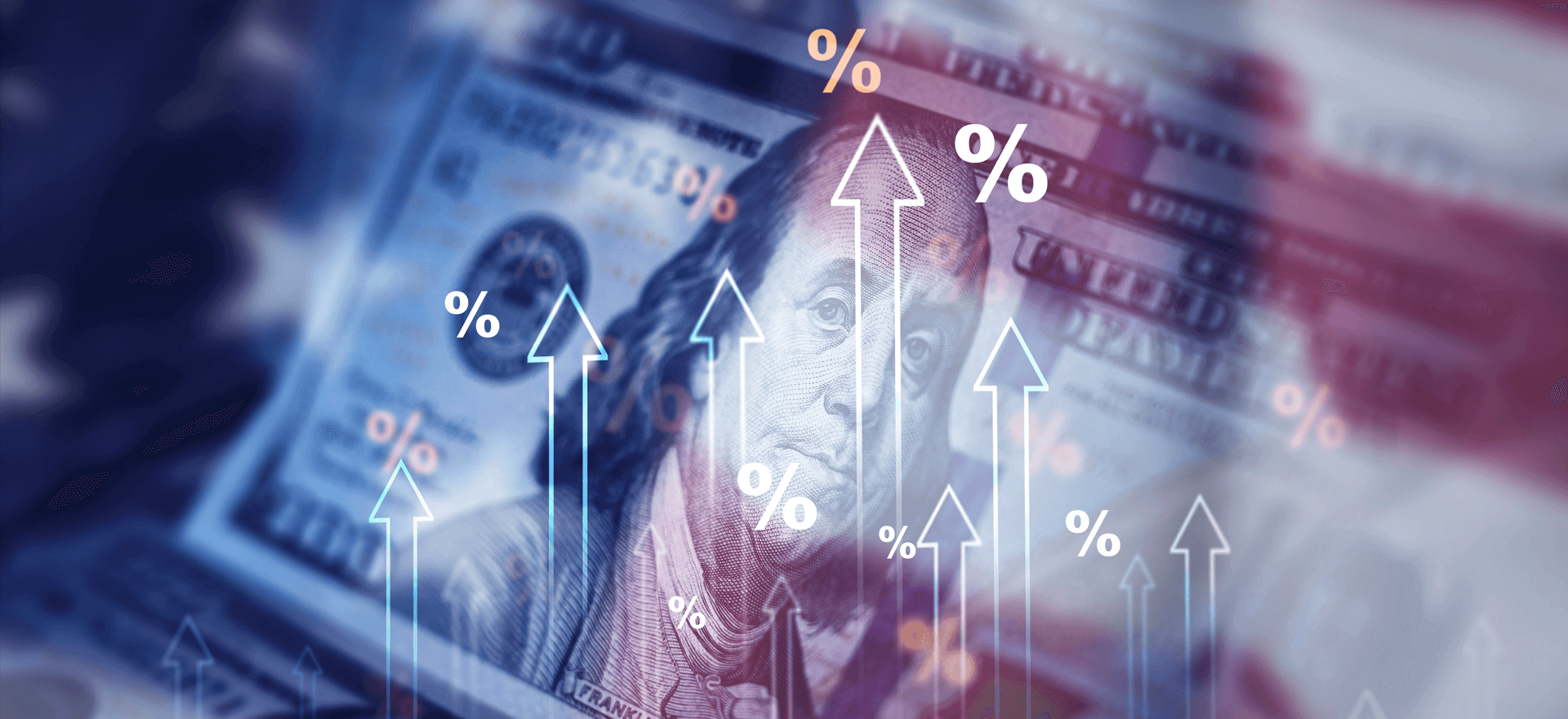
Investing|Money management
How war affects markets and what investors can learn from history
A few years ago, I sat across from a client who had just read the morning headlines, which announced Russia had just invaded Ukraine. A whole series of scenarios loomed large, making markets jittery.
Unsurprisingly, this client was worried and considering withdrawing his investments – ‘just until things settle down’.
It’s a conversation I’ve had many times with clients over the years. And it always comes from a place of uncertainty, sometimes even fear. Fear of the unknown. Fear of loss. Fear of doing nothing. Fear that this time things will not recover and that all might be lost.
But history has shown us time and again that sometimes the best thing to do is nothing. Not to cave in to our desire to take our chips off the table. The data shows that, if anything, these are the times we should consider adding to investments. And so the client chose wisely. He did nothing and stayed invested. He continued to trust us to navigate the uncertainty.
Markets hate uncertainty, not war
When war looms, markets often stumble. It’s not necessarily the conflict itself that causes the panic, it’s the uncertainty. Investors don’t know what’s coming next, how the political cards will fall, so they react.
But once the fog begins to lift, history shows us that markets recover. Often faster than you’d expect.
Take World War II. When Hitler invaded Poland in 1939, the world held its breath. But the US stock market climbed 10%. After Pearl Harbour, it dipped briefly – just 2.9% – and bounced back within a month. By the end of the war, the Dow Jones had risen by 50%.
That’s not a fluke. It’s a pattern.
The power of perspective
Most people aren’t aware of this pattern, so when in the middle of the storm and news outlets are reporting the worst, they find it hard to imagine the sun coming out again. Consider these events and the performance of the Dow Jones one year after the event:
Market Turmoil and the Dow Jones Industrial average
95 Years, 6 Months (1/1/1928 – 30/6/2023)
| Date | Event | One Year Change | |
|---|---|---|---|
| 1 | 29/10/1929 | Black Tuesday | -17.10% |
| 2 | 1/9/1939 | World War II begins | -4.07% |
| 3 | 7/12/1941 | Japan attacks Pearl Harbour | 2.20% |
| 4 | 25/6/1950 | North Korea invades South Korea | 14.67% |
| 5 | 22/11/1963 | President Kennedy assassinated | 24.99% |
| 6 | 31/1/1965 | Escalation of Vietnam War | 8.83% |
| 7 | 9/8/1974 | President Nixon resigns | 5.98% |
| 8 | 4/11/1979 | Iran hostage crisis begins | 17.29% |
| 9 | 30/3/1981 | President Reagan shot | -16.90% |
| 10 | 19/10/1987 | Black Monday | 95.93% |
| 11 | 16/1/1991 | Operation Desert Storm begins | 29.52% |
| 12 | 19/4/1995 | Oklahoma City bombing | 31.56% |
| 13 | 11/9/2001 | Terrorist attacks of 9/11 | -3.81% |
| 14 | 19/3/2003 | Operation Iraqi Freedom begins | 23.24% |
| 15 | 15/9/2008 | Lehman declared bankruptcy | -15.58% |
| 16 | 22/6/2016 | Brexit vote passed | 18.79% |
| 17 | 11/3/2020 | WHO declares Covid-19 a pandemic | 37.92% |
| 18 | 24/2/2022 | Russia invades Ukraine | -1.22% |
Source: CDC.gov | Market Turmoil and the Dow Jones Industrial Average.
History gives us perspective. It reminds us that markets are resilient. That investors who stay the course and resist the urge to react, often come out stronger and wealthier.
Across six major conflicts, from World War II to the Iraq and Afghanistan wars, US large-cap and small-cap stocks have not only recovered, but often outperformed their peacetime averages. During World War II, small-cap stocks surged by over 30%. Even during the Korean War, markets delivered double-digit returns.
Why? Because once the initial shock wears off, markets begin to price in the new reality. Governments often increase spending, particularly in defence and infrastructure, which can stimulate economic activity. Certain sectors, like energy, defence, and manufacturing, may even benefit directly.
What should you do when the world feels unstable?
When the world feels uncertain, it’s tempting to do something quickly with your investments. But often, the best move is to pause, take a breath, and remember a few key principles:
- Don’t panic. Sharp volatility is a normal part of investing. We expect it. Making big financial decisions in the heat of the moment rarely ends well.
- Stick with your plan. Trying to jump in and out of the market based on feelings or headlines can seriously impact your long-term returns.
- Spread your risk. A well-diversified portfolio is like a shock absorber. It won’t eliminate bumps in the road, but it makes permanent loss of capital highly unlikely.
- Look at the bigger picture. Markets have always had ups and downs. But over time, they’ve rewarded patience and discipline. Don’t let short-term noise drown out your long-term goals.
A final thought
In this case, our client didn’t pull out. He stayed invested. And when we spoke to him a year later, he was relieved to have made that decision. Not only did the market rebound, but he was also rewarded with a sense of confidence that he shouldn’t be influenced by outside noise.
The world will always have its moments of chaos. Markets will rise and fall. Headlines will come and go. But an investment strategy should be built to weather storms, not just the sunny days.
For more information, please get in touch.
The value of investments can fall, as well as rise, and you might not get back the original amount invested. Exchange rate changes affect the value of investments. Past performance is not necessarily a guide to future returns. Any individual investment or security mentioned may be included in clients’ portfolios and is referenced for illustrative purposes only, not as a recommendation, not least as it may not be suitable. You should always seek professional advice before making any investment decision.
Author

Rebecca Cretney
Senior Investment Specialist , Isle of Man
Rebecca joined Nedbank Private Wealth in May 2004 having moved to the Isle of Man from Barcelona to pursue a course in Business Studies with the Isle of Man Business School. She worked as a private banker until 2019, when she was appointed to the role of investment counsellor. Rebecca now focuses exclusively on supporting private bankers in conversations with their clients, providing technical investment expertise where more complex portfolio requirements exist. She also provides coaching and training for the private banking teams on a wide range of subjects surrounding investment and advice. In addition, Rebecca chairs the bank’s Investment Committee.
Rebecca is a Chartered Fellow of the Chartered Institute for Securities & Investment and a Chartered Wealth Manager.
RELATED NEWS
You may also be interested in the following Insights
Sign up for our updates
Stay up to date with the latest news, insights, and opinions from Nedbank Private Wealth by signing up to our newsletter. You can also register to be invited to our virtual events and hear directly from a wide range of experts. Sign up below. You can unsubscribe at any time.













